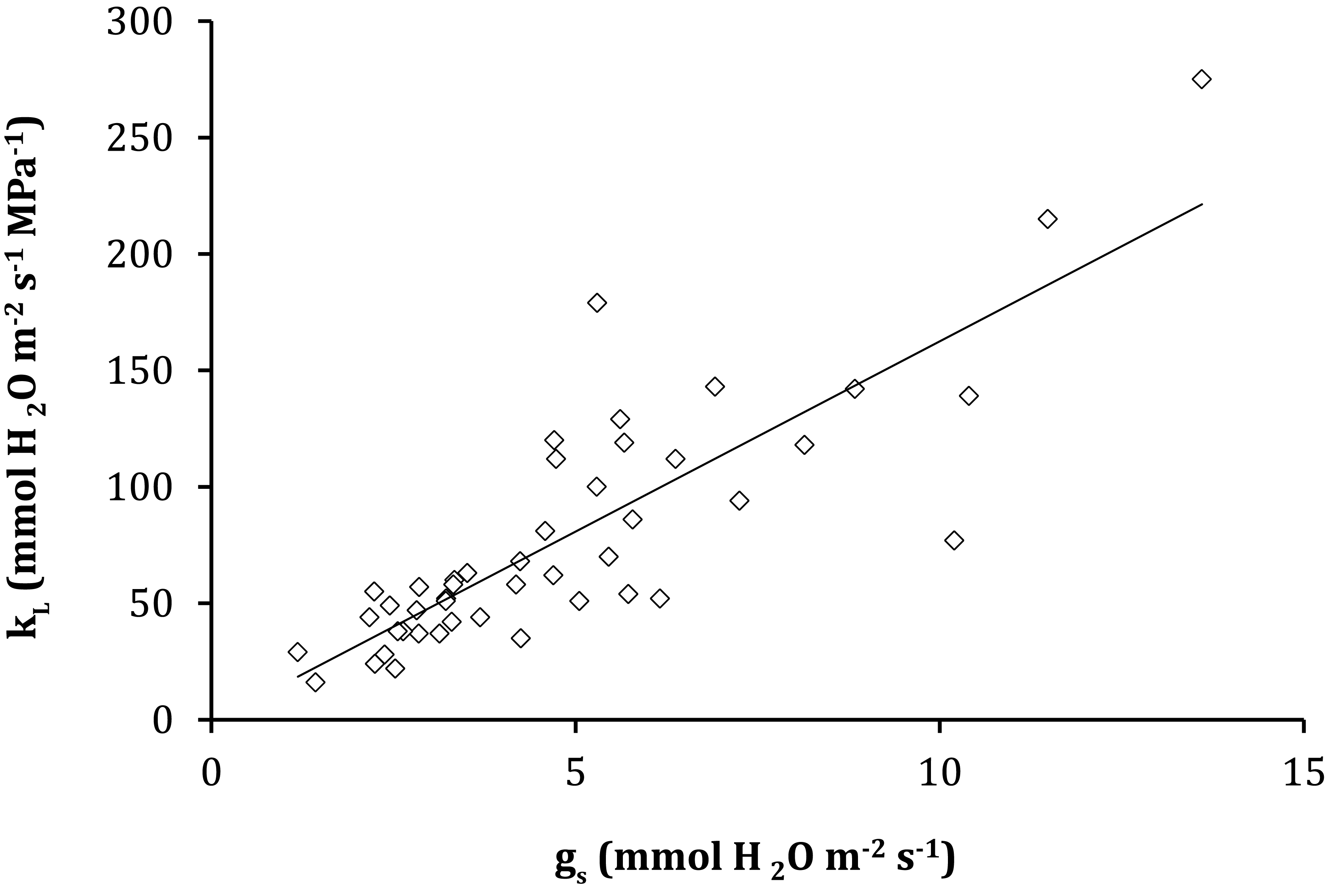The phenomenon of cavitation in grapevine"... Unravelling implicated mechanisms
Keywords:
cavitation, stomatal conductance, hydraulic conductance, mechanistic model, Syrah, GrenacheAbstract
Cavitation is a physiological dysfunction that takes place in the xylem of water stressed plants leading to a loss of hydraulic conductance (kL) as the vessels are filled with air. This impacts water supply, water potential (ΨL) and canopy hydration. Stomatal clossure is an effective response upon diminishing momentary or seasonal foliar hydraulic contents. Depending on each plant, stomata may close preventing catastrophic cavitations. This research intended to understand how stomatal control acts upon cavitation events in two contrasting grapevine varieties, Syrah and Grenache. A mechanistic model was developed based on the water and vapour fluxes, kL, stomatal conductance (gs), and vulnerability to cavitation. The theoretical model explains plant drough responses and catastrophic cavitation avoidance. Water stressed grapevines couple gs with kL in order to avoid embolism. It is not stomatal closure, by istself, the controlling mechanism. Grapevines under mild water stress, do not need to completely close their stomata in order to avoid cavitation, therefore, photosynthesis is not completely impeded, and the cost in terms of carbon assimilation is less than expected for other species.
Downloads

Downloads
Published
How to Cite
Issue
Section
License
Copyright (c) 2020 Revista de la Facultad de Ciencias Agrarias UNCuyo

This work is licensed under a Creative Commons Attribution-NonCommercial-ShareAlike 3.0 Unported License.
Aquellos autores/as que tengan publicaciones con esta revista, aceptan las Políticas Editoriales.










.jpg)




